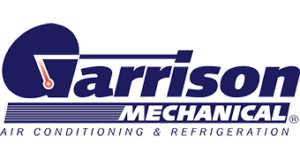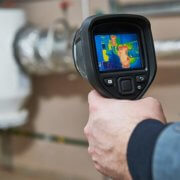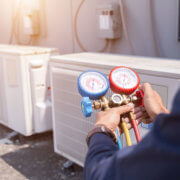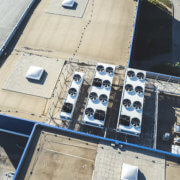Using Building Sensors to Reduce HVAC Expenses
If your organization is looking for cost-saving strategies to protect your bottom line and maximize profits, refining your HVAC strategies is an ideal place to start. With cutting-edge technology like building automation systems (BAS) and facility HVAC sensor controls, your team can automate day-to-day operations while intelligent computers continuously optimize energy consumption. In this post, we’ll detail some of the sensor technology your organization can deploy at your facility to save money and prepare for the challenges of tomorrow.
Occupancy Sensors
Occupancy sensors are quickly becoming the norm for businesses, schools, and government buildings. Traditional HVAC systems use timed schedules to maximize energy efficiency. However, these fixed schedules make it difficult to plan around variable work schedules and room usage. HVAC systems using occupancy sensors, on the other hand, monitor room usage in real-time to ensure you don’t end up heating or cooling an empty room. For example, conference rooms are often unoccupied for more than half the workday. With occupancy sensors, your HVAC system can automatically adjust so it isn’t using any more energy than it has to, translating to direct savings on energy costs.
HVAC Temperature Sensors
While occupancy sensors continuously monitor room usage, thermal sensors monitor the temperature of specific rooms or areas of your building. Since not every area of your building needs to be equally cooled or heated throughout the day, thermal sensors ensure your HVAC system delivers precise climate control exactly where it’s needed. A packed conference room can heat up quickly, while an open office area can lose a lot of heat. With thermal sensors monitoring temperatures throughout your building, your HVAC system can maximize comfort while saving your organization money.
Carbon Dioxide Sensors
While deploying carbon dioxide (CO2) sensors won’t necessarily translate to direct energy cost savings, it can protect your bottom line by maximizing employee productivity. A study by the Harvard School of Public Health found that high levels of CO2 in a building can negatively impact decision-making, critical thinking, and productivity. By incorporating CO2 sensors into your HVAC infrastructure, your system can circulate fresh air where it’s needed most. When specific CO2 levels are detected, your HVAC increases the supply of fresh air to that part of your building, maximizing air quality, employee well-being, and day-to-day productivity.
Variable Speed Fan Sensors
Traditional HVAC systems use fan motors that can only run at one constant speed no matter what the room temperature is. With variable speed sensors, fans can adjust rotational speed and airflow to match a room’s occupancy levels or temperature levels. That way, your facility remains comfortable while reducing energy consumption.
Cutting-Edge Sensors for Your HVAC
If your organization is interested in deploying the latest HVAC sensors to maximize energy efficiency and cost savings, contact the experts at Garrison today. We’ll work with you to clarify your energy efficiency goals and deploy a solution optimized for your facility.



